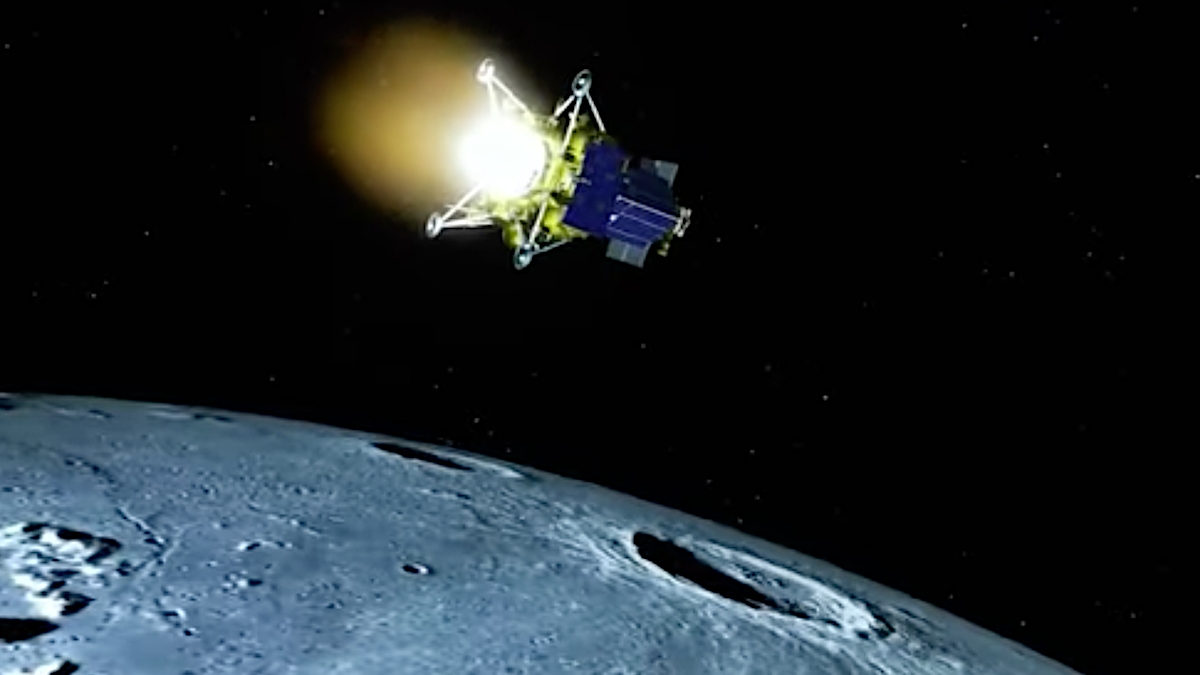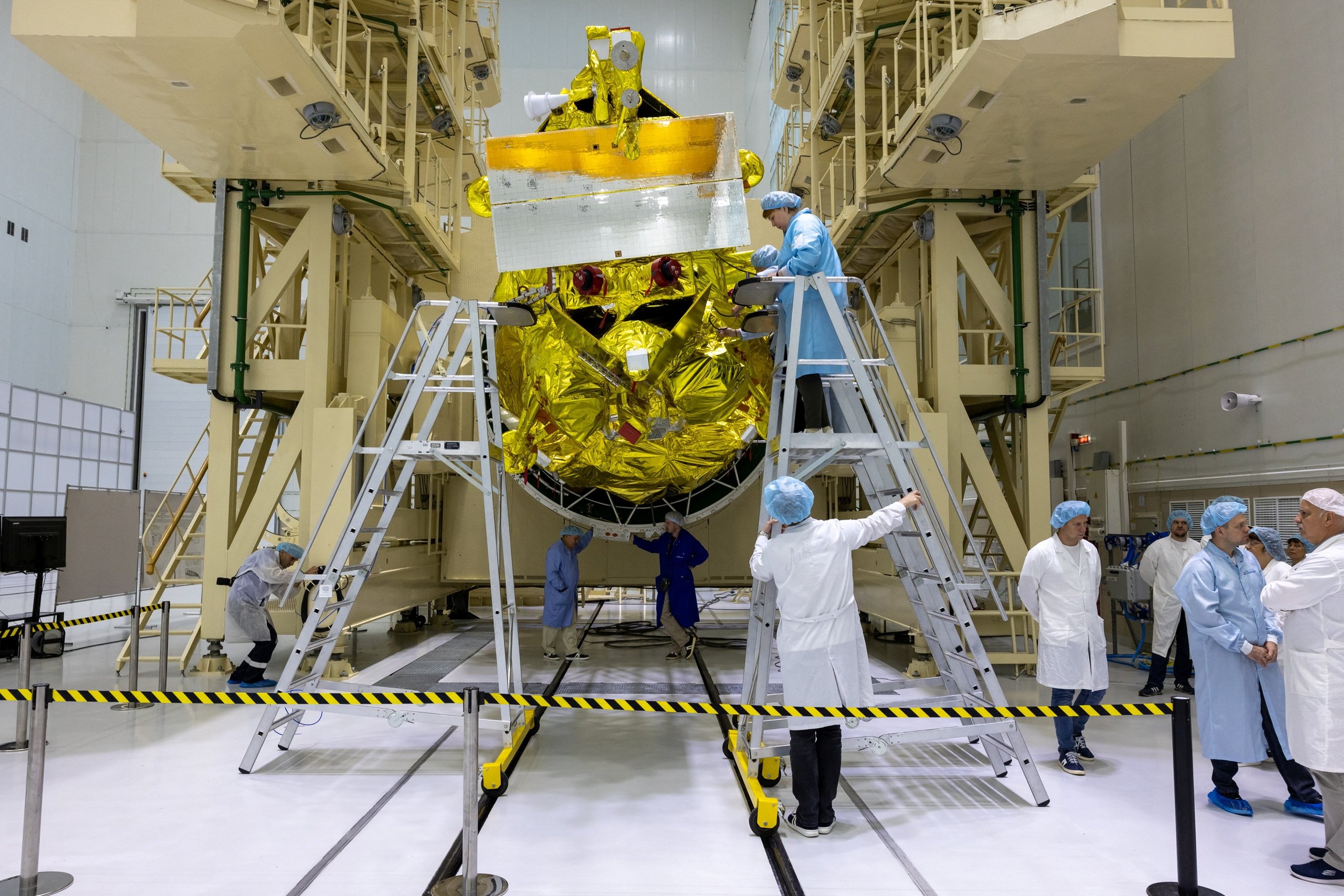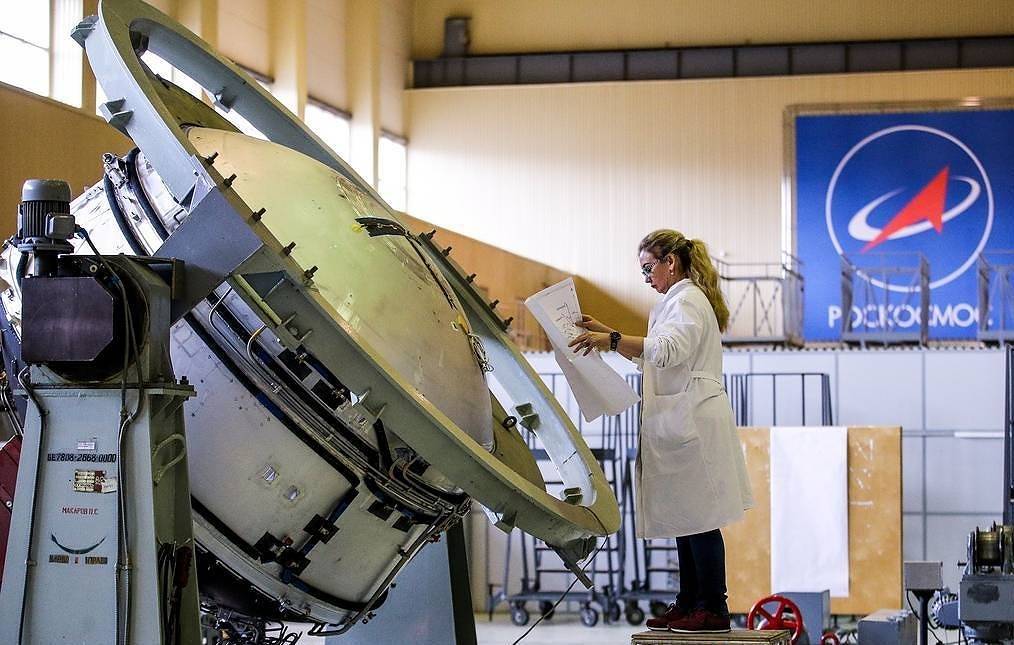According to the Russian Federal Space Agency Roscosmos, Russia’s unmanned Luna-25 spacecraft crashed into the Moon after spinning out of control. The Luna-25 spacecraft was Russia’s first Moon mission in nearly 50 years.
The craft was supposed to be the first to land on the Moon’s south pole, but it failed due to issues encountered as it went into its pre-landing orbit. Its mission was to examine a region of the Moon where scientists believe there may be frozen water and rare materials.
Roscosmos, Russia’s official space company, announced on Sunday morning that the Luna-25 had lost contact just after 14:57pm (11:57 GMT) on Saturday.
According to preliminary findings, the 800kg lander “ceased to exist as a result of a collision with the surface of the Moon,” according to a statement.
It stated that a special commission would investigate why the operation failed.
Roscosmos has suffered a setback with the loss of Luna-25. Russia’s civilian space programme has been declining for several years, as state financing has shifted more towards the military.
Russia was racing against India to the Moon’s south pole, where the Chandrayaan-3 spacecraft would land in the coming days and dispatch a rover to investigate the rocks and craters, taking data and photographs to relay back to Earth.
Parts of the Moon’s south pole are permanently in darkness, making water discovery possible.
The Indian space agency Isro characterised the Luna-25 disaster as “unfortunate.”
“Every space mission is extremely dangerous and technically demanding.” “It’s a shame that Luna-25 crashed,” they told the BBC.
Roscosmos had admitted that the Luna-25 mission was dangerous and could fail. On August 11, the spaceship launched from the Vostochny Cosmodrome in Russia’s far eastern Amur region, and it successfully entered the moon’s orbit on Wednesday of this week.
It was scheduled to make history by landing softly on Monday or Tuesday, only days before the Indian touchdown.
No country has ever landed on the Moon’s south pole, while the United States and China have both landed softly on the Moon’s surface.
Luna-25 spacecraft was Russia’s first Moon mission since joining the Soviet Union in 1976.
Roscosmos, commonly known as the Russian Federal Space Agency, is the federal entity in charge of the Russian Federation’s space activities. It is in charge of the country’s space exploration, research, and development initiatives, as well as its participation in international space collaborations. Roscosmos is in charge of spacecraft launch and operation, space research, cosmonaut training, and oversight of numerous space programmes.
Roscosmos was created in 1992 and has been a prominent actor in space exploration since its inception, with a rich history of accomplishments extending back to the Soviet era. It was responsible for the first human space flight, Yuri Gagarin, in 1961, and has since been involved in a variety of space missions, including the Mir space station, the Soyuz and Progress spacecraft, and partnerships with the International Space Station (ISS).
Roscosmos (Russian Federal Space Agency) has been a prominent collaborator in the International Space Station (ISS) project. NASA (United States), Roscosmos (Russia), ESA (European Space Agency), JAXA (Japan Aerospace Exploration Agency), and CSA (Canadian Space Agency) are among the space agencies involved in the ISS.
Russia’s contributions to the International Space Station have included the launch of crew members, the provision of modules (such as the Zvezda and Poisk modules), and the performance of numerous scientific studies. The Russian Soyuz spacecraft has served as a reliable and proven crew transport vehicle, delivering astronauts and cosmonauts to and from the International Space Station.
Meanwhile, India’s space agency revealed photographs of the moon from its Chandrayaan-3 spacecraft as it approaches the lunar south pole, a previously unexplored region expected to contain water ice and where Russia is attempting to land first.
The video, shot immediately after the rocket’s lander separated from the propulsion module on Thursday, shows a close-up of craters as Earth’s lone natural satellite swung around.
“The Lander Module (LM) is in good health.” The Indian Space Research Organisation (ISRO) later tweeted, “LM successfully underwent a deboosting operation, reducing its orbit to 113 km x 157 km.”
On July 14, the Indian space agency launched the rocket carrying the spacecraft from the country’s primary spaceport in the southern state of Andhra Pradesh. On August 23, the lander will attempt a touchdown.








